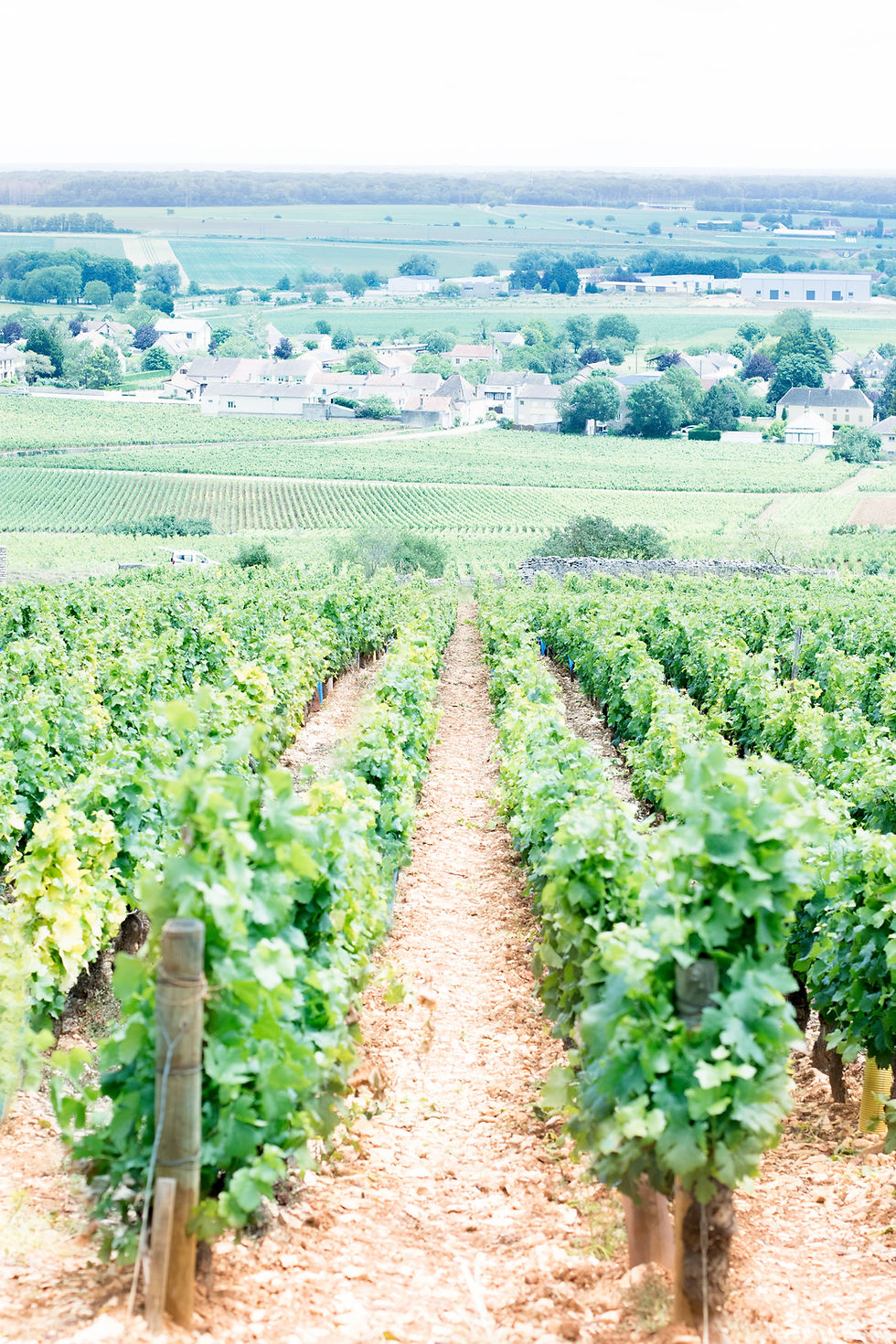Overview of the Bourgogne Region
- Wine Charity
- Apr 12, 2023
- 2 min read
A brief overview of the region and introduction of common terminology by Catherine Yen.

Brief History of the Region
Long wine growing history going back to Roman times followed by the period of the great monasteries (from 1000 CE onwards)
Vineyards were at that time divided by the monks into named plots according to the respective characters of each plot.
Climate
Temperate continental with long cold winter and warm summer with average rainfall of 700mm (mainly in May and June) and average temperature of 20 degree in July and August (not anymore with Global warming)
Influence from the Ocean and the Mediterranean in the South
Sub-regions
Chablis
Cote d’Or – Lies on a range of hills between 200-400 above sea. Best sites are on the mid slope (well- drained shallow soil with good sunlight and better ripening potential and less chance of frost damage.
Cote de Nuits (clay limestone soil with mostly limestone) - Famous for red wines
Cote de Beaune (More clay with brownish colour clay limestome soil) - Famous for white wines
Cote Chalonnaise
Maconnais
Beaujolais
Vineyards
Most vineyards are planted on slopes between 200-500m above sea level. Many producers are practicing Organic or Biodynamic Viticulture.
Grape Varieties
Single varietal. Not blends.
Terminology commonly associated with Bourgogne

Climats
A plot of vines demarcated by the monks. Each climat has its own personality and identity. It is a wine growing plot/vineyard. A named vineyard. Example: Montrachet, Perrieres vineyard from Meursault, Echezeaux. One Chablis Grand Cru with 7 climats (Vaudesir, Bougrots, Les Preuses, Valmur, Blanchots, Les Clos, Grenouilles)
Climats of Bourgogne was included in the UNESCO world heritage list since 4 July 2015.
Lieux-dits
Lieu-dit is a registered/ named piece of land in the Government’s centralized land register. Example Meursault, Clos des Ambres, Meursault les, Luchets.
Climats + Lieux-dits = Terroir of Bourgogne
One Climat may include a few Lieux-dits. For example, Puligny Montrchet 1erCru Les Pucelles. Les Pucelles is a climat but it covers 2 lieux-dits (Les Pucelles and Clos des Meix)
One Climat may only covers a part of a lieu-dit or parts of more than one lieu-dit. For example, Aloxe-Corton 1erCru Clos du Chapitre. Clos du Chapitre is a climat but it is only a part of one lieu-dit, Les Meix.
In summary, a single vineyard is known as a ‘climat” sometimes an individual vineyard is surrounded by walls and the climat will have a name with the word “Clos”. Within a single vineyard there are often Lieux-dits which are parts of a single vineyard that have a specific topography or historical nature.
Monopole
A single vineyard or climat with just one owner. In Bourgogne, vineyard holdings are divided through hereditary title. When an owner passed away, the land he owned is divided equally between all his children. It is common to have multiple owners to one vineyard. For example, Chambertin Grand Cru has 23 owners with 40 producers.
Examples of monopole: Romanee Conti, La Tache, Clos de Tart, La Romanee, La Grande Rue, etc.
Clos
A plot of vines surrounded with dry stone wall. In the past, the wall was built to protect against animals and a vineyard with a “Clos” was exempted from following the official date of harvest. Some of these walls are broken but the names are kept. It can have effect on the microclimate of the vines within the Clos.

Comments